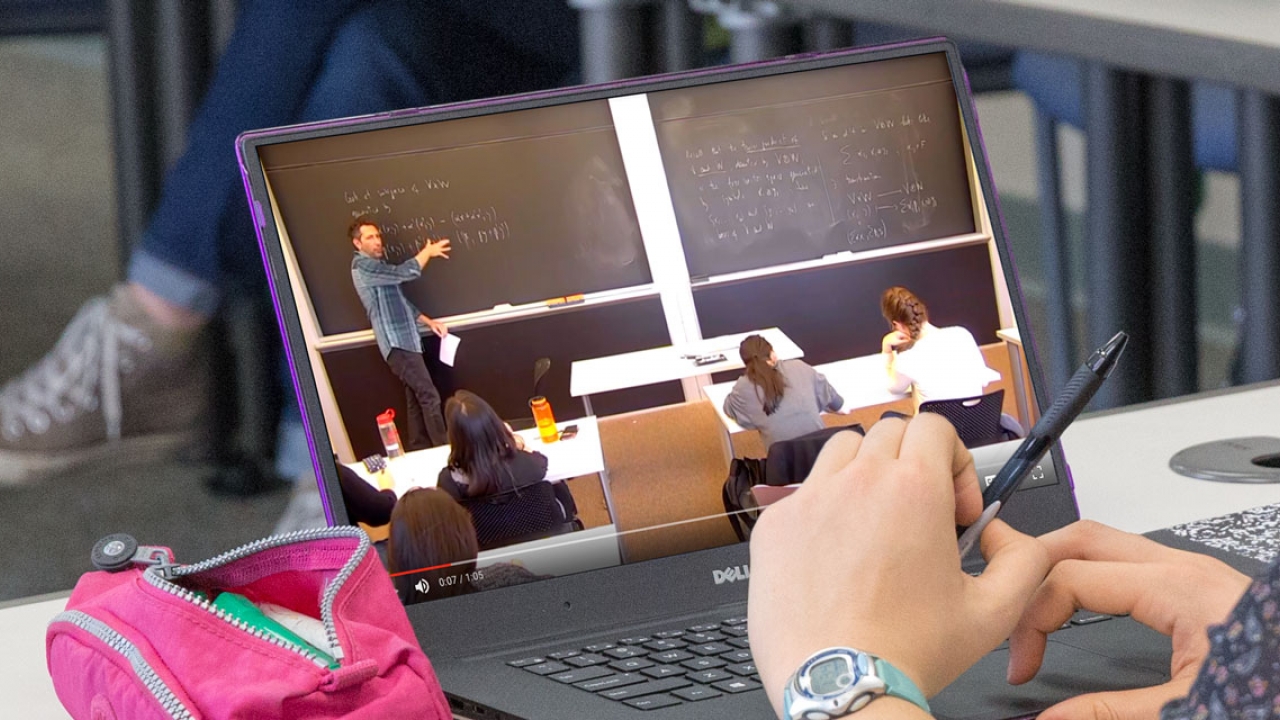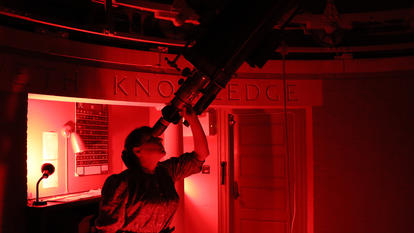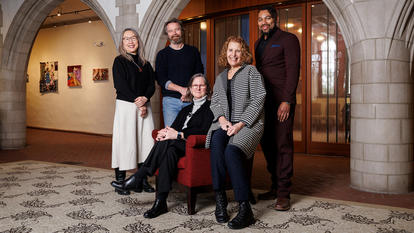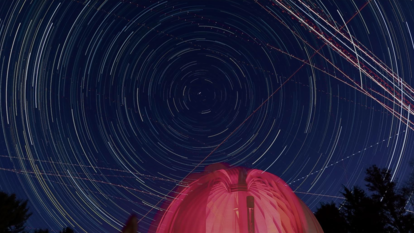Spotlight on Teaching: Innovative Use of Video in the Classroom

The use of video in Wellesley’s classrooms has moved far beyond showing an informational VHS tape or DVD. Professors are using the medium creatively to facilitate new approaches to learning, make classes accessible to students at a future time, and to connect classrooms—across Massachusetts and the world.
In late October, College faculty gathered to share their experiences using video technology to expand their classrooms and engage their students. Three professors led the shoptalk luncheon, which was facilitated by Wellesley’s Library and Technology Services (LTS).
Ismar Volić, Theresa Mall Mullarkey Associate Professor of Mathematics, shared his experience teaching advanced linear algebra this fall. This course, said Volić, is rarely offered at Wellesley. “There’s no room for it in our curriculum even though we’d love to teach it all the time,” he said. The topics covered in the course are useful to students who are applying to graduate school, conducting summer research, or writing an honors thesis, so the math department worked with LTS to ensure that this semester’s session would be available even when the course is not offered. LTS installed a small automatic camera in the classroom, which filmed both Volić and his notes on the chalkboard. Videos of his lectures are posted online, where students currently taking the course can add their own notes later.
The members of the math department discovered a bonus use for their new camera when they began running their regular student seminars, programs in which junior- and senior-level math students teach a short seminar at lunchtime to practice their public speaking skills and showcase their research interests. Taping the presentations allowed students to review and critique their work later.
Hélène Bilis, associate professor of French, represented her department at the meeting, and explained how she uses high definition videoconferencing equipment in an advanced 200-level class devoted to studying early modern French literature through a digital humanities approach. To cover more historical ground in class, Bilis partnered with a professor of 18th-century French literature at Smith College to develop FREN 278: Court, City, Salon: The Spaces of Early Modern France—A Digital Humanities Approach. The two classes conduct a videoconference once a week—one of their two weekly meetings—where students collaborate on projects and group presentations on topics in their shared curriculum.
Recently, the two classes completed a digital timeline project on Parisian salonnières, or salon hostesses. The Wellesley students covered the 17th-century content, the Smith students researched the 18th century, and both groups taught each other via oral reports on the videoconference. Bilis described the sense of going beyond the classroom wall that using the video provided, and how it allowed her students to gain more confidence in their speaking abilities.
“My students realize their research and presentations reach beyond the brick and mortar walls of Wellesley College; they know they must express themselves cogently and professionally since they are not just speaking—in French—to their friends and professor but to a broader audience viewing them through the video connection,” said Bilis. “This opportunity has also led us to reflect on how new technologies, whether they are those of the digital humanities, or those of the videoconferencing tools, change the ways in which we collaborate, learn, and communicate.”
The final technological challenge discussed came from the chemistry department. Professor of Chemistry Chris Arumainayagam’s course on physical chemistry is a required course for chemistry majors like Katherine Chan ’18 and Angel Kuo ’18 who, along with astrophysics major Carol Hundal ’18, are spending this fall abroad at Jacobs University in Bremen, Germany. In order to include the CHEM 330 course in their senior year schedules, the students are participating via web conferencing.
Arumainayagam purchased a compact video camera with a built-in mic that could easily show the group of students studying abroad in Germany and sent clear audio from the students, even when they were 10 feet away. Hundal joined the lunchtime talk via videoconference to demonstrate the equipment's use. Arumainayagam said that the students abroad feel fully integrated. In fact, he acknowledged, “most of the laughter comes from Bremen.”
Kenny Freundlich, the College’s director of emerging technologies, is delighted to see the enthusiasm from Wellesley faculty using live videoconferencing or video recording in their courses. "It's satisfyingly typical of many faculty here that they relish using technology when they see such clear benefits for their students," he said. Freundlich expects the use of videoconferencing to grow in the coming year, not only in academic departments but among administrative departments and alumnae groups.



